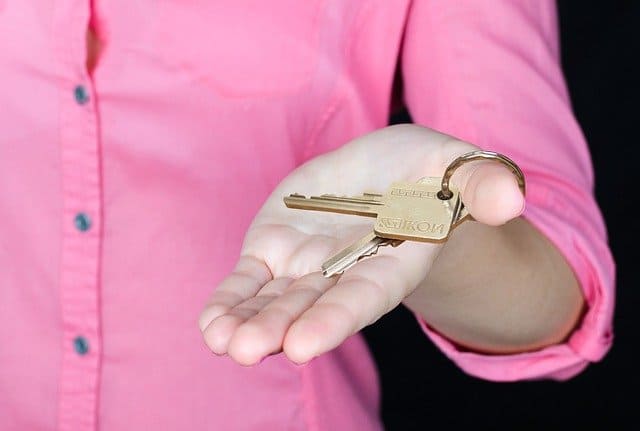Having owned several rental properties, I can speak from experience that tenants can return the property in a wide variety of conditions when they leave.
What the owner of the property does to return it to its original glory is another story. If the owner is trying to flip the property, they may have only done cheap repairs and replacements that the new home owner will have to live with.
Below we’ll discuss a list of things to consider and look out for when you are considering buying a property that was recently a rental property to find red flags.
Look out for these items when buying a rental property
When buying a house that was previously a rental property, there are several things you may want to change or replace, depending on the condition of the property and your personal preferences. Some things to consider include:
- Carpets or flooring: Rental properties may have worn or stained carpets or flooring that will need to be replaced. It’s possible they were never professional cleaned either and might be very dirty even if it’s not visually noticed. If the home has wood or ceramic floors, look closely for chips, scratches and cracks.
- Paint: Fresh paint can brighten up a room and give it a fresh new look. Also look for evidence of water damage that was painted over to hide it i.e. mismatched paint sections on ceilings and walls, bubbling of the paint, etc.
- Appliances: Rental properties may have older appliances that may be less energy efficient or in need of repairs. Check the names of appliances to see if they are brand name or cheaper ones.
- Lighting fixtures: Replacing outdated or worn lighting fixtures can update the look of a room and improve the overall lighting. Also look for evidence of amateur wiring that could indicate that the home owner did the work themselves which could be illegal and a fire hazard.
- Hardware: Replacing door handles, cabinet knobs and drawer pulls can give a fresh look to the kitchen and bathrooms. Also check door handles that are loose and locks that don’t close quickly as they might need to be fixed or replaced.
- Windows: Old windows may not be energy efficient, consider replacing them to save on energy bills. Eventually the seals on older window reach the end of their lifespan. They start sucking air and will reduce the energy efficiency of your home which costs you money on heating and cooling.
- Landscaping: A well-manicured lawn and garden can improve the curb appeal of a property. You’d be amazed how fixing your lawn, adding a flower bed and adding soil and mulch to the yard can improve the curb appeal of your home quickly and relatively cost effectively. You can do it all yourself too.
- HVAC and Plumbing systems: Check the state of these systems and see if they need to be updated or replaced. A furnace replacement is very costly and an older one won’t be under warranty.
- Roofing: Check for any leaks or damage and consider repair or replacement if necessary. Also look at ceilings on the top floor and in the attic as well as inside the garage for evidence of leaks which could indicate a bigger problem in the roof.
- Security systems: Add or upgrade security systems for safety and peace of mind. Adding a camera(s) outside the home can also help keep an eye on who is coming and going at all times.
- Locks: One of the first things I’d do is change the locks on external doors leading into the house. You don’t know how many spare keys kept by former tenants are floating around.
- Garage door opener: If you have one with an external keypad for entry, immediately change the passcode so no one else can enter the garage from outside.
- Driveway and paths: Check the driveway to see what shape it’s in and if it’s need of repair, sealing (asphalt) or outright replacement. Replacing a driveway is something that will eventually occur and will cost thousands of dollars depending on the size and material used. Check paths and patio stones if applicable to see how they sit and if they are straight or sinking.
- Basement floor: Check for cracks on the floor and walls. While small cracks are expected in concrete, larger ones or evidence that walls or the ground is shifting can be very costly to fix.
It’s important to note that this list is not exhaustive, and you may need to make other changes or replacements depending on the condition of the property and your own preferences.
Summary
When considering buying a house that was previously rented, it is important to consider a few key factors. These may include the condition of the property, the neighborhood and surrounding area, and the overall cost of ownership.
Additionally, you should hire a home inspector to thoroughly examine the property for any potential issues and let them know the home was previously rented. Ultimately, whether or not you should buy a house that was previously rented will depend on your individual circumstances and priorities.


